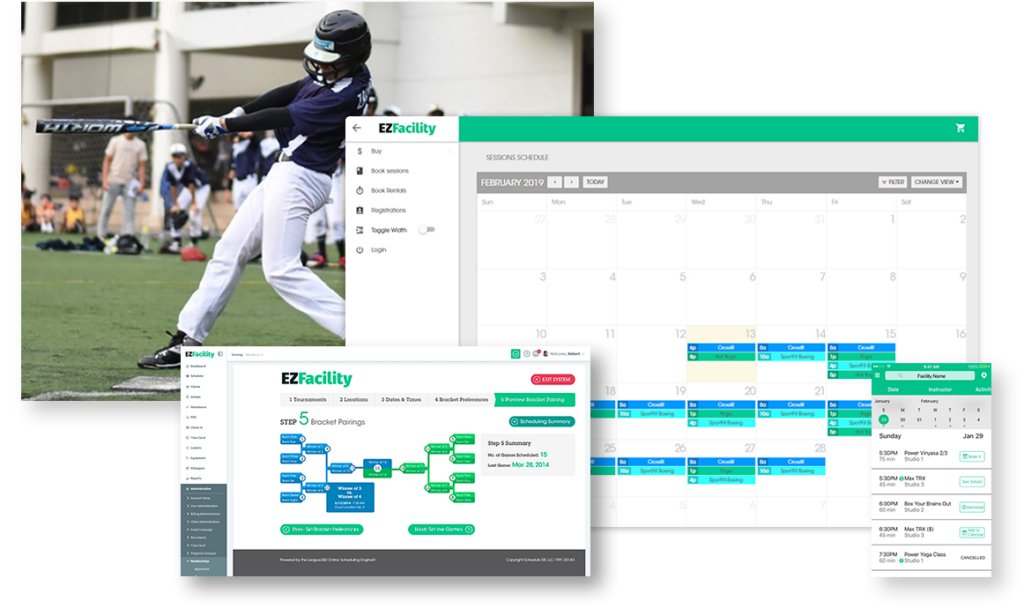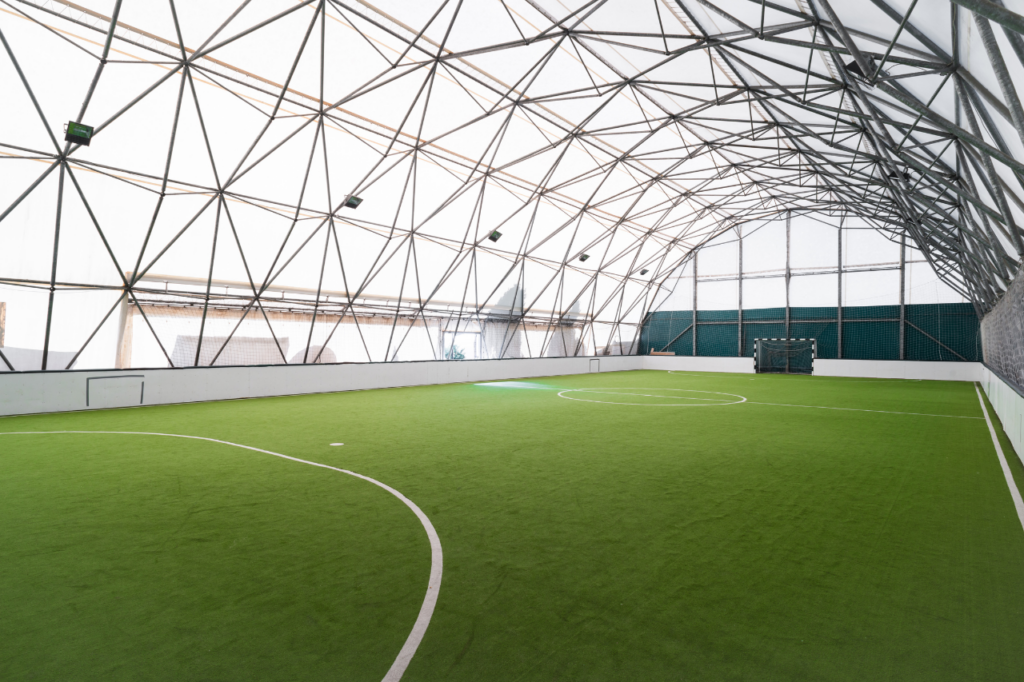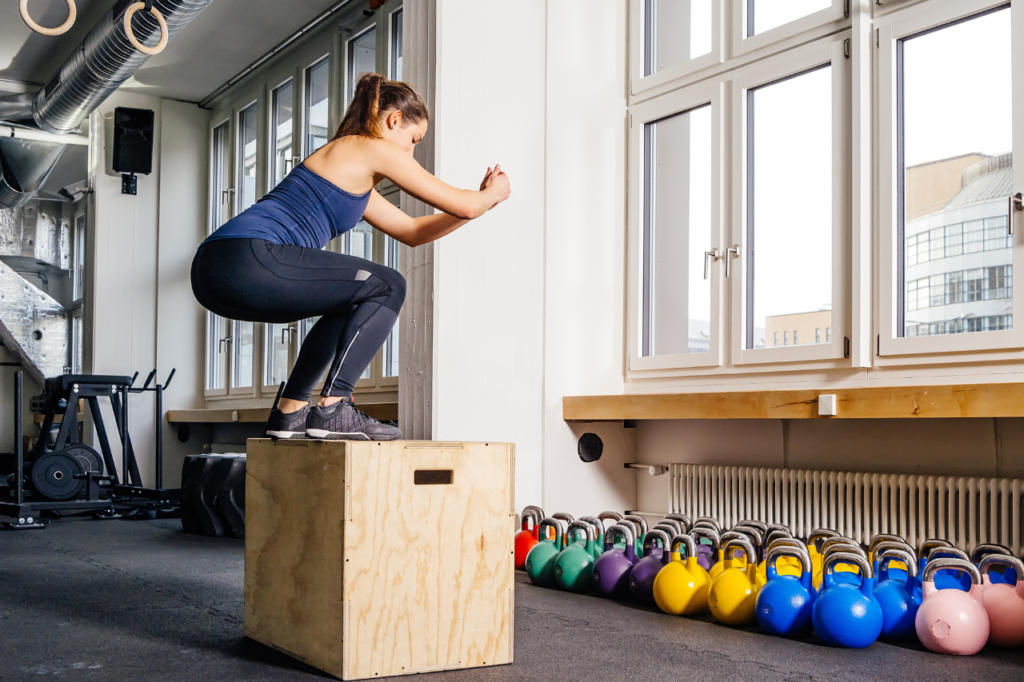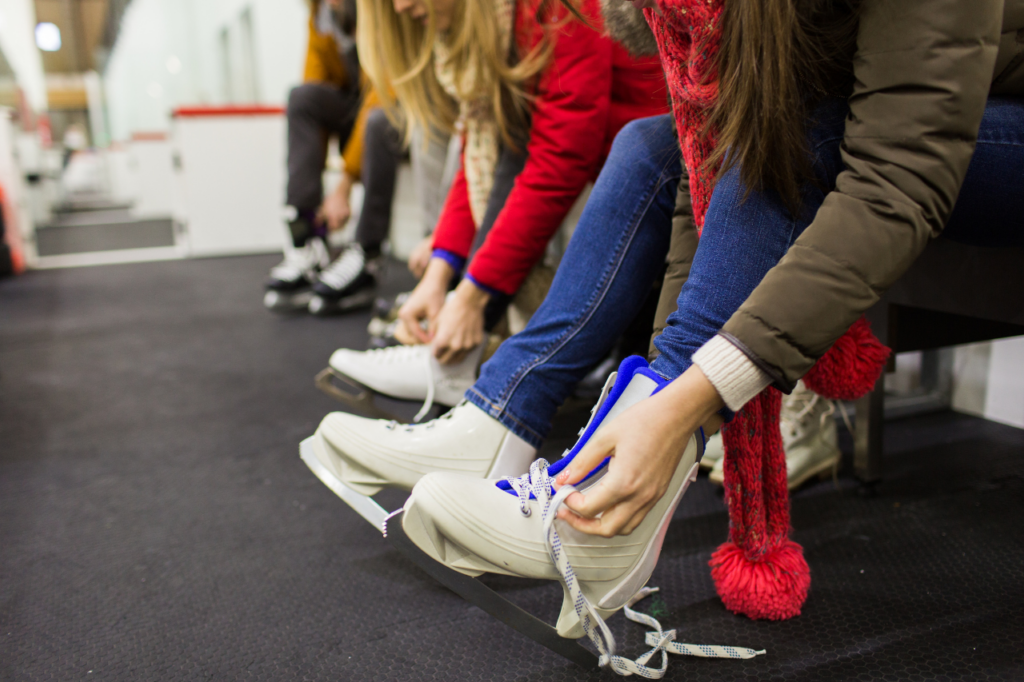EZFacility Blog
Fitness, Sports & Gym Management Business Insights
Tips to Increase Revenue at Your Indoor Soccer FacilityApril 15, 2022
6 Must-Do Marketing Tactics for Shooting RangesApril 2, 2020
EZFacility Software Release: Groups in the New EZFacility ExperienceJanuary 12, 2022
5 Best Sports Club Management Software: Features, Pricing & Reviews
Most sports clubs run into the same problem as they grow: the admin keeps expanding…
Grow Your Sports Club With the Right Management Software
TL;DR: Managing a sports club often means juggling schedules, payments, renewals, and member communication, all…
The Future of Sports Facility Management: Trends, Technology, and Strategies for 2025 and Beyond
Running a sports facility is about efficiency, automation, and fan experience, all driven by technology.…
Sports Facility Management Metrics & KPIs Guide
Whether it’s a community recreation center, a private training facility, or a multi-field complex, every…
EZFacility: Dark Mode is Officially Here
You asked, and we listened. This October, EZFacility launched Dark Mode, a new way to experience the EZFacility User Interface (EZUI) that…
Q3 Highlights: Chicago, Collaboration, and Customer Love
In July, our team gathered in Chicago to collaborate with department heads and map out new ways…
Managing a Sports Facility in a Competitive Market
Indoor sports facilities are in high demand. From batting cages and indoor baseball fields to…
Talkin’ Turf: Soccer Field Turf Management and Maintenance for Facility Operators
It’s no secret that operating a sports facility is challenging. Whether it’s an indoor or…
Solving the Sports League Scheduling Problem
If you've ever tried to organize a sports league, you know the sports league scheduling…
How to Grow and Manage Sports Facility Memberships Effectively
Managing sports facility memberships is more than a backend task—it’s the backbone of long-term growth…
Baseball Field Management and Maintenance for Facility Operators
Nothing ruins game day like a waterlogged outfield or a double-booked diamond. Whether you’re managing…
Aim Higher: How Gun Ranges Can Hit Their Mark in Efficiency
Managing a gun range or shooting club involves juggling multiple responsibilities—from scheduling range time and…
5 Ways Smaller Studios Win Big: How EZFacility Powers Boutique Fitness Success
Running a successful boutique fitness studio isn’t just about offering great workouts—it’s about delivering a…
EZFacility Team Gathers in Cancun for Leadership Summit
This March, EZFacility’s departmental leaders from around the world convened in Cancun, Mexico, for a…
6 Things Gym and Sports Facility Owners Need to Prepare for in the New Year
The start of a new year is always exciting for gym and sports facility owners.…
Ending 2024 on a High Note: Exhibiting at AB Show in New Orleans
As we wrapped up 2024, EZFacility had the privilege (and fun) of attending the AB…
The Ultimate Playbook to Indoor Soccer Facility Profitability
Running an indoor soccer facility isn't just about providing a space for players to enjoy…
Skate to Success: 10 Marketing Ideas for Ice Rinks
Ever wondered what ignites business growth? It's good, strategic marketing – and this is particularly…
Resources for EZFacility Customers
We know getting familiar with a new tool or product can sometimes feel a bit…
Your Guide to Raising Fitness Membership Rates
Navigating the delicate practice of increasing fitness membership rates can be as arduous as a…






















